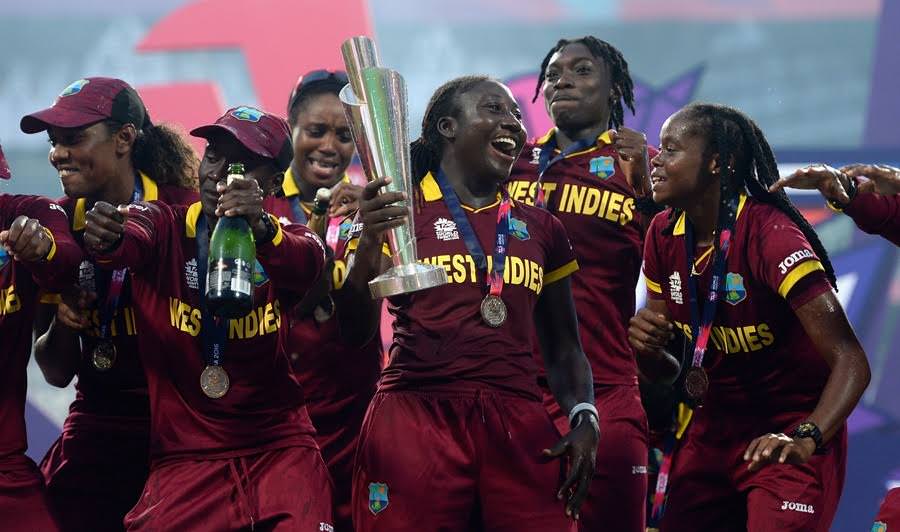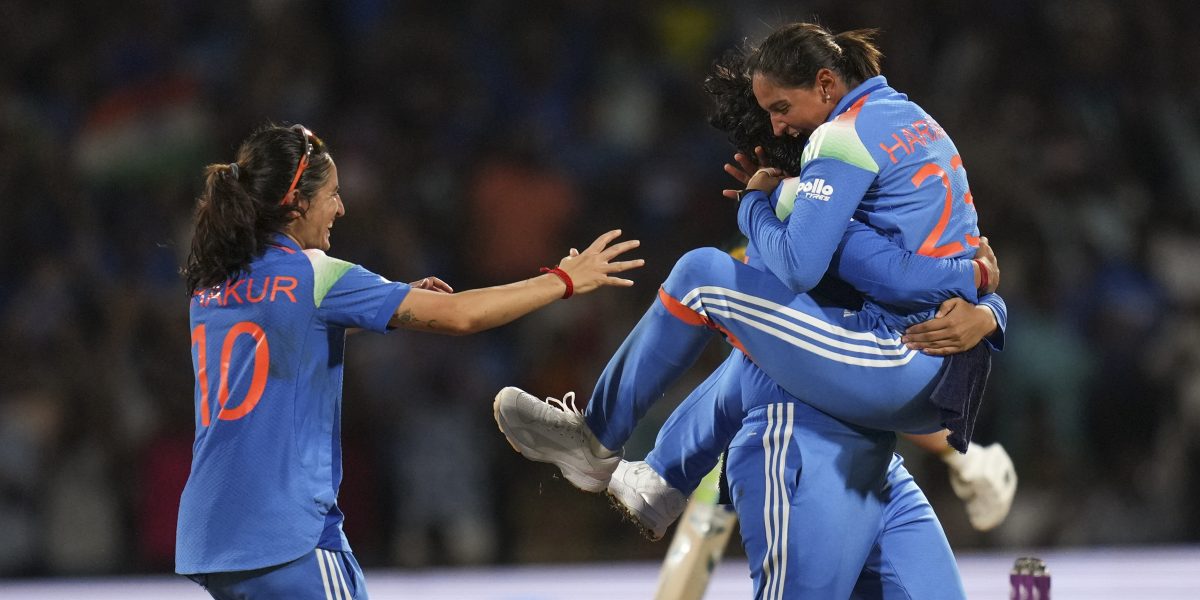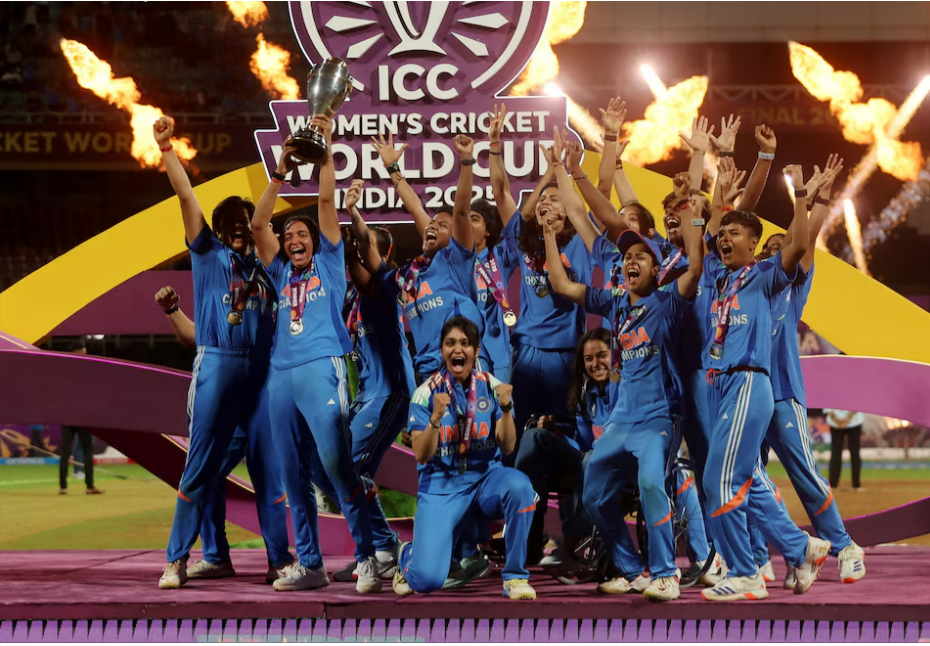On the 3rd of April 2016, Eden Gardens played host to a very important cricket match. The West Indies women’s cricket team made history by beating the Australian women’s cricket team and winning the title for the first time. What was also crucial was that the West Indies women’s time chased down the second highest score in the tournament history. It was a fitting finale to a wonderful all-round team effort by the West Indies women’s team.
Women’s cricket has been neglected for a long time, by fans, cricketing boards and countries alike. However, certain recent trends are seeking to alter that. In January of 2016, Australia hosted the inaugural edition of the Women’s Big Bash League. The aim of the event was to try and take the women’s cricket to all levels of competition and get more women involved in the game. The fact that the entire event was televised aided it further and managed to take the game to a much larger global audience. England has followed Australia’s lead in doing the same and has announced a six-team Women’s Cricket Super League which will be played in the T20 format. Thus, recent attempts have been to try and make the T20 game the focus of women’s cricket and through this, taking it to much larger global audience. The quick, festive, exhilarating nature of T20 cricket is being used as a means to revolutionize the women’s game and take it to larger audiences.
All of this however was to build up to the big event of 2016, which was the International Cricket Council’s (ICC) Women’s World Cup which was held in India. There were ten teams divided into two groups and a total of twenty three matches were played. In the past four editions when the ICC Women’s World Twenty20 tournaments happened, only the semi-finals and finals of the women’s cricket were broadcast live but for the 2016 edition, the ICC announced that 13 out of 22 matches would be broadcast live, which included 10 group stage matches along with the two semi-finals and one final.
In addition, the women’s matches were to be played alongside the men’s matches. There was also one factor that stood out during the 2016 Women’s World Cup – the level of competition was at an all-time high and West Indies by winning the tournament have managed to radically alter the dynamics within the women’s cricket where the big four nations of Australia, England, New Zealand and India have dominated the game. Consistent performances have been the key to the success of the West Indies women’s team and a good mix of youth and experience has seen them make great strides in the recent years.
This was evident in the final when 18 year old Hayley Matthews and the captain Stefanie Taylor put on a 120 run partnership which helped West Indies chase down a record target. Coincidentally, both Hayley Matthews and Stefanie Taylor had played a part in the Women’s Big Bash League that happened in Australia, earlier this year. The exposure of the players to global conditions and new players to play with and play against had clearly benefited the game and the players involved. The West Indies victory itself is a huge boost for women’s cricket. In earlier editions, outside of England, Australia, New Zealand, no other team managed to make the final and that in itself was a historical achievement. The West Indies team took it a step further. Before the final, their win-loss record against Australia stood at 0-8 and yet, they managed to win the most crucial match. As more countries now begin to get involved in the game, greater competition is now evident and this helps break the hegemony that the stronger, richer teams have in the game.
At the end of the men’s final, the West Indies women’s team and men’s team were seen celebrating together and the assistant coach of the West Indies men’s cricket team made a three finger gesture, which showed the success of three teams of the West Indies in international tournaments viz. the U-19 team, the women’s team and the men’s team. This was probably the first time that the victory of the women’s team was recognized by their male counterparts. There is much to look forward to for women’s cricket in the years to come and there are positive signs. Recently, the ICC appointed four women umpires for the ICC Women’s T20 Qualifier and this was an attempt to alter the structural nature of domination by men in all aspects of the game. Two women umpires officiated in the eventual ICC World Cup with New Zealand’s Kathy Cross being the first woman umpire in the history of the tournament. Along with her was Australia’s Claire Polosak, who was also the youngest official.
In recent years, women commentators have also been included in the coverage of the game. In order to improve the women’s cricket, participation across all aspects of the game is a must and it is important that it is recognized. This includes taking the game to all levels of competition. West Indies captain Stefanie Taylor made an important point in an interview recently where she highlighted the need for an elaborate recruitment program for the women’s cricket in order to keep the sport alive. Taylor’s comments call for the crucial need to build up the women’s cricket not only at the international level but also at the domestic level. Suggestions have been made along these lines to have an under-16 tournament and inter-school cricket in cities.
The biggest point that will need addressing when it comes to the women’s cricket however is still the patriarchy that looms large in our society today and to which cricket is no exception. The Pakistani women’s cricket team suffers from lack of sponsorship, while in India; societal compulsions often force women to stop playing the game at a certain age. As with any other profession, women who play cricket are being made to choose between career and family and women cricketers are often paid less than their male counterparts.
Sexual harassment is as rampant in cricket as it is anywhere else. Be it Chris Gayle’s misogynistic, sexist comments towards presenter Mel McLaughlin or Sri Lankan officials sexually harassing women cricketers, the game has its fair share of structural patriarchy and misogyny to address, including the jingoism and toxic idea of masculinity that it has been promoting for a while now. The next edition of the ICC Women’s Twenty20 World Cup will be a standalone event which is held independent of the men’s event and this will be the ultimate step for self-sufficiency of the women’s cricket. The 2016 event and the small steps taken in the previous year will however be remembered for a long time to come. It was the 2016 event which helped start the conversation on the women’s cricket, in a large way and attempted to make the game inclusive.
About the author(s)
Viswesh R likes to dabble in anything and everything and perfectly fits the old saying 'Jack of all trades, master of none.' They (singular) likes to assist in smashing patriarchy with a slight anarchist flavour.




